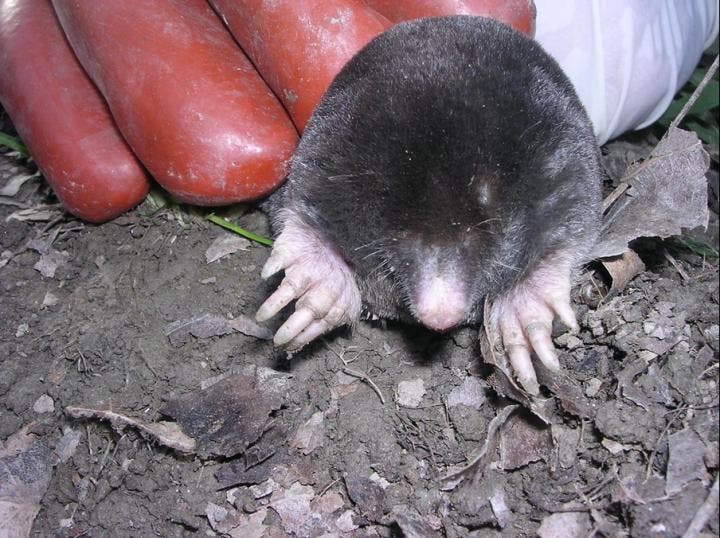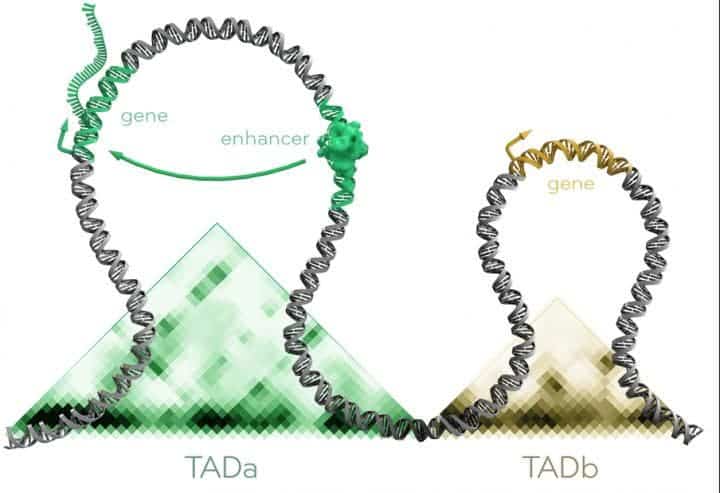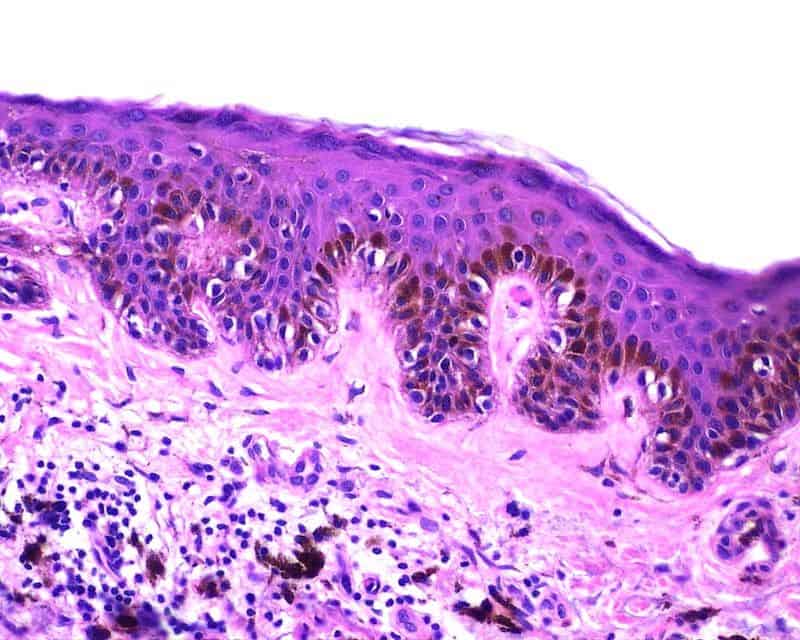
Moles are some of the most peculiar animals out there. Largely seen as pests due to their intricate tunnel systems, moles are found on every continent except South American and Antarctica. Despite the pervasive myth, moles aren’t blind, but they do see very poorly and are colorblind. But here’s one fact that you probably didn’t know: the females are intersexual. That’s because they simultaneously have both ovarian and testicular tissues — and now scientists think they know why.
Due to their unique habitat underground, moles have to constantly dig in order to hunt and navigate beneath earth’s surface. If you ever used a shovel, then you know how hard and physically taxing digging can be. This is why moles have adapted by growing an extra finger on their forepaws, as well as exceptionally strong muscles.
Like in any mammal, the key to muscle growth is testosterone. And although female moles are equipped with two X chromosomes, they grow both ovarian and testicular tissues united in one organ known as the ovotestis. This unique organ enables females to grow strong muscles like males.
“The trick of evolution here is to equalize males and females. For life underground you need strength and due to scarce resources, you have to defend your territory. Females would be here at a dramatic disadvantage, they are less strong and less aggressive. By making females more male-like evolution compensated this disadvantage, moles are unique in that respect. Female hyenas also have very high androgen levels, but I do not think that they have ovotestes,” Professor Stefan Mundlos, Research Group leader at the Max Planck Institute for Molecular Genetics (MPIMG) and Director at the Institute for Medical Genetics and Human Genetics at Charité – Universitätsmedizin Berlin, told ZME Science.
Mundlos and colleagues completely sequenced the genome of the Iberian mole (Talpa occidentalis) for the first time. Upon examining the 3D structure of the genome, the scientists found that changes in this structure alter genetic activity. When combined with sequences that encode testicular development, these changes in both genes and “regulatory regions belonging to these genes” stimulates enzymes for male hormone production in the female moles.
This conclusion wasn’t easy to reach, though.
“It’s like searching for a needle in the haystack! Actually a very small needle in a very big haystack. Francesca did it by applying this very elaborate and special filtering technique that combines the search for genomic changes that are mole-specific with changes in gene expression and epigenetic marks obtained from the developing mole gonads,” Mundlos said.
Programming the strangest sexual organ in the world

The development of sexual organs in mammals typically goes in either of two directions: male or female. But in females moles, their development is somewhat right in the middle. In fact, when comparing the genome of the mole to other animals, including humans, the researchers discovered an inverted genomic segment in a region known to be involved in testicular development.
This inversion was responsible for additional DNA segments in the regulatory domain of the FGF9 gene, thereby reorganizing the control and regulation of the gene. The FGF9 gene is responsible for the development of testicular tissue in addition to ovarian tissue in the female moles.
Additionally, regulary sequences are appended to the adrogen production gene CYP17A1, ultimately increasing the production of male sex hormones in the ovotestes of female moles.
“The mole phenotype of intersexuality is extreme and very unusual. Furthermore, we have a unique connection to this species as both Dario (Dr. Darío Lupiáñez) and Francisca (Dr. Francisca Martinez Real) worked on moles in their Ph.D. and have a lot of experience in catching them in the wild,” said Mundlos.
“First, to catch the moles — Dario and Francisca worked out a technique on how to catch them in the south of Spain. This allowed us to investigate a wild animal that you cannot breed.”
“A memorable moment could be the first time we learned how to distinguish the male nests from the female ones. If it is a mess is from a male and if it is tidy and clean nest belongs to a female, just the same as for Dario’s and Francisca´s benches, respectively,” Dr. Francisca Martinez Real of the Max Planck Institute for Molecular Genetics told ZME Science.
These findings illustrate a perfect example of why the 3-D organization of the genome is important for evolution, not just its DNA sequence, the researchers argued in their study published in Science.
“It tells us that a sex in between exists in nature among mammals and that this status is not per se abnormal. We want to use our strategy to unravel other interesting phenotypes and how genetic changes encode for them,” Mundlos concluded.



